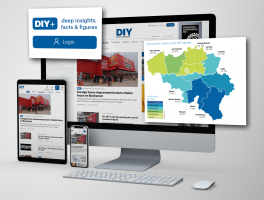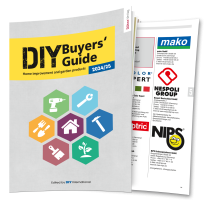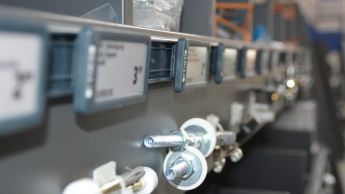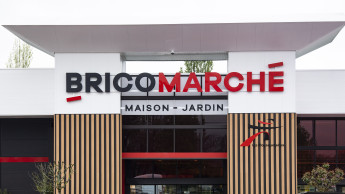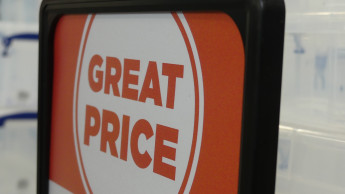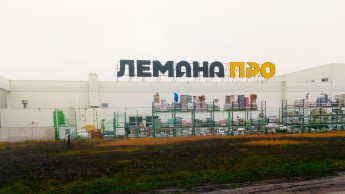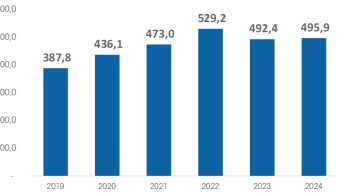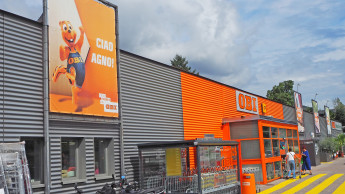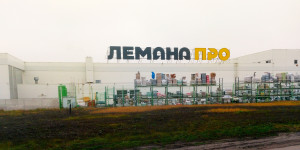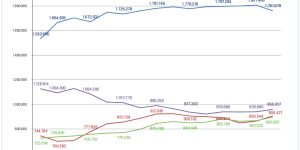The French DIY retailer has not been able to escape the current tendency towards low prices. It is now demanding higher discounts from suppliers, and has revised its inventory at the same time
The problem is being tackled from several different angles. First of all, like the big players, the DIY retailer is asking for a discount from suppliers. “Castorama has demanded a 10 per cent reduction on its standard conditions, Mr. Bricolage 12 per cent. And I have asked for a minimum of 15 per cent.”
The second step has involved head office revising the product assortment. The aim here is to rationalise, while at the same time putting greater emphasis on low prices and making them more visible. Low prices account for 4 per cent of sales in a Bricorama store. It is planned to increase this to 5 per cent in 2006, gradually continuing upwards to achieve 6.5 per cent in 2007 and 8 per cent in 2008. “We must offer the same products at the same price as the competition.” Between 300 and 400 products are involved. In a further move, the company has established a structure for sourcing from Asia. Under the guidance of Gilles Jorris, a former buyer, the system will come into operation this year.
Private labels (Sélection Bricorama, Mode de vie, Mode d’emploi, etc,) are also to lend their entire weight to the range of products in Bricorama stores. They accounted for 11.5 per cent of sales in 2005, a share that is to be further expanded to 14.5 per cent this year, 17 per cent in 2007 and 20 per cent in 2008.
“Low prices and private labels were frequently sacrificed to manufacturers’ brands in 2005,” says Jean-Claude Bourrelier, who deplores this development in his network of DIY stores. “Private labels must get back their proper place – the best one. We are thinking of special displays, and spotlighting low prices. Then will come the complementary suppliers’ products. We must keep a special eye on new products: only one in ten is actually successful,” says Bourrelier.
It must be said that these suggestions come within the framework of a wider context involving product range simplification and rationalisation, a process that has been carried out over recent months with the aim of restructuring the inventory around a core of 70 to 80 per cent in every store. The DIY retailer works in collaboration with about 500 suppliers, a number that it is intended to reduce gradually by half. Which does not mean that the other suppliers will disappear, but the banner is changing direction and moving away from supplier logistics to range logistics. In other words, head office is taking over the buying function, while at the same time leaving a certain part up to the stores themselves. “We are not questioning their freedom, which has been the basis of our success, but we must be clear in our minds that certain rules are necessary for achieving performance and results,” is how Jean-Claude Bourrelier sums up the situation.
Download:

 Menü
Menü





